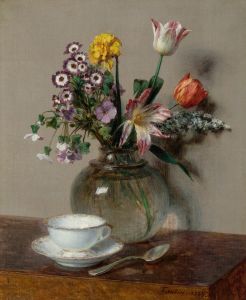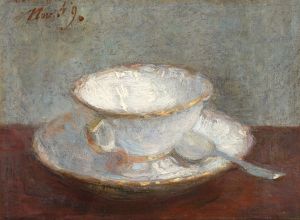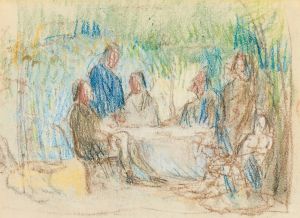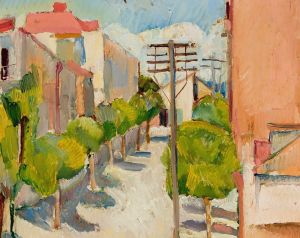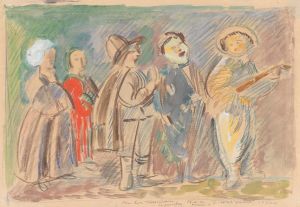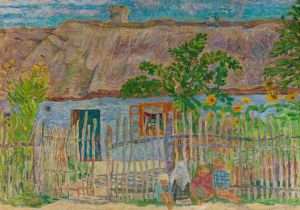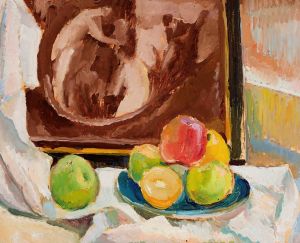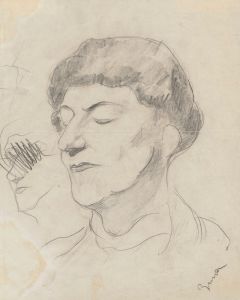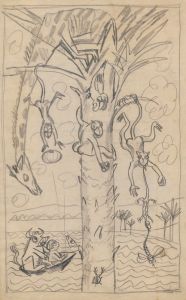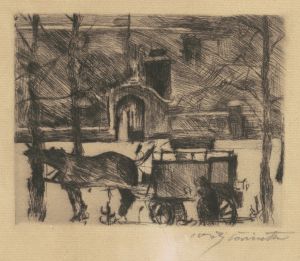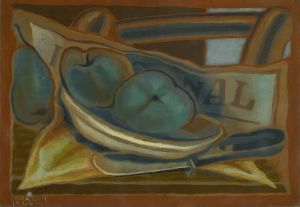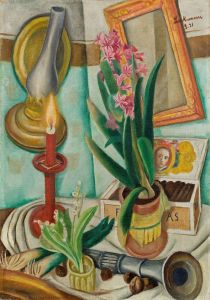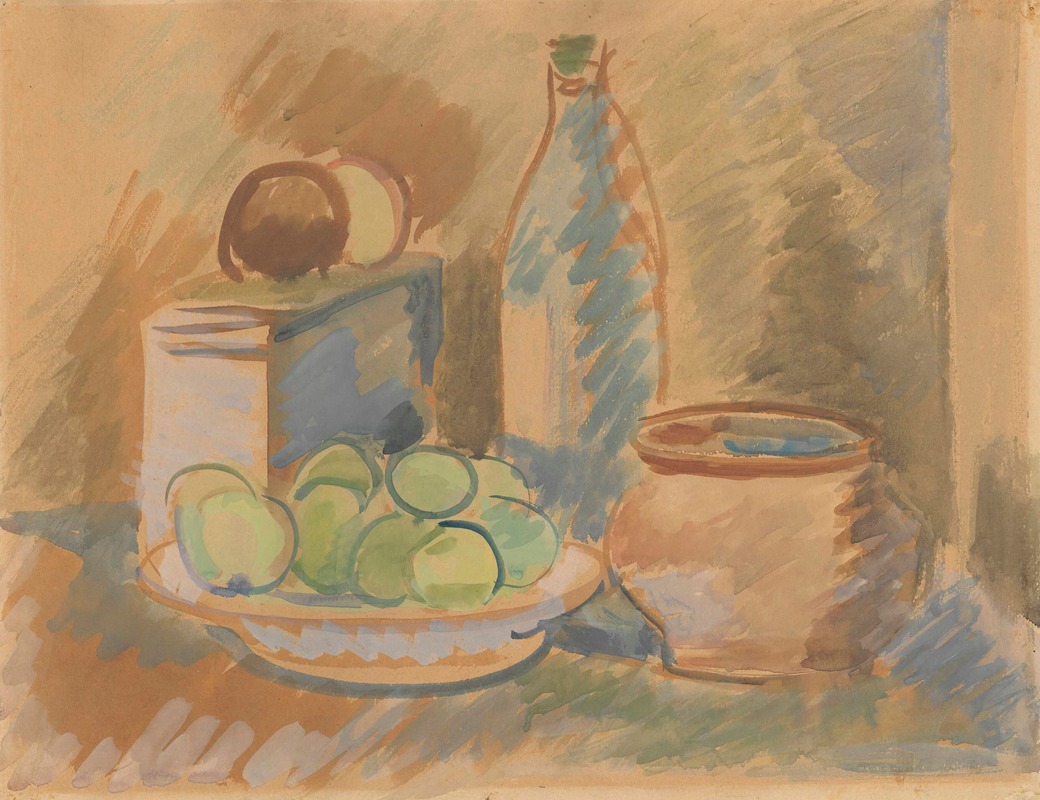
Still life
A hand-painted replica of Zygmunt Waliszewski’s masterpiece Still life, meticulously crafted by professional artists to capture the true essence of the original. Each piece is created with museum-quality canvas and rare mineral pigments, carefully painted by experienced artists with delicate brushstrokes and rich, layered colors to perfectly recreate the texture of the original artwork. Unlike machine-printed reproductions, this hand-painted version brings the painting to life, infused with the artist’s emotions and skill in every stroke. Whether for personal collection or home decoration, it instantly elevates the artistic atmosphere of any space.
Zygmunt Waliszewski (1897-1936) was a Polish painter known for his contributions to the interwar period of Polish art. His works often reflect a blend of modernist influences and traditional Polish themes. One of his notable works is "Still Life," which exemplifies his unique approach to the genre.
"Still Life" by Zygmunt Waliszewski is a painting that captures the essence of everyday objects arranged in a harmonious composition. The painting is characterized by its vibrant use of color and dynamic brushwork, which are hallmarks of Waliszewski's style. His approach to still life painting was influenced by both the Post-Impressionist movement and the Polish avant-garde, resulting in a distinctive aesthetic that sets his work apart from his contemporaries.
In "Still Life," Waliszewski employs a rich palette to bring out the textures and forms of the objects depicted. The composition typically includes a variety of items such as fruits, flowers, and household objects, arranged in a seemingly casual yet carefully considered manner. The interplay of light and shadow in the painting adds depth and dimension, creating a sense of realism while maintaining an expressive quality.
Waliszewski's technique involves bold, confident brushstrokes that convey a sense of immediacy and spontaneity. This approach not only captures the physical appearance of the objects but also imbues them with a sense of vitality and presence. The use of color is particularly noteworthy, with Waliszewski often employing contrasting hues to create visual interest and highlight the relationships between different elements within the composition.
The influence of European modernism is evident in Waliszewski's work, particularly the impact of artists such as Paul Cézanne and Henri Matisse. Like Cézanne, Waliszewski was interested in exploring the underlying structure of objects and their spatial relationships. However, his use of color and form also reflects the influence of Matisse, particularly in the way he simplifies shapes and employs vibrant, expressive colors.
Despite his relatively short career, Waliszewski made a significant impact on the Polish art scene. He was associated with the "Formists," a group of avant-garde artists who sought to break away from traditional artistic conventions and explore new forms of expression. His work in still life painting, as exemplified by "Still Life," demonstrates his commitment to innovation and his ability to synthesize different artistic influences into a cohesive and original style.
"Still Life" by Zygmunt Waliszewski is a testament to the artist's skill and creativity. It reflects his deep understanding of both the formal aspects of painting and the expressive potential of color and composition. Through this work, Waliszewski invites viewers to see the beauty in everyday objects and to appreciate the artistry involved in their depiction.
Overall, "Still Life" is an important example of Zygmunt Waliszewski's contribution to modern Polish art. It showcases his ability to blend traditional subject matter with modernist techniques, resulting in a work that is both visually striking and intellectually engaging.





